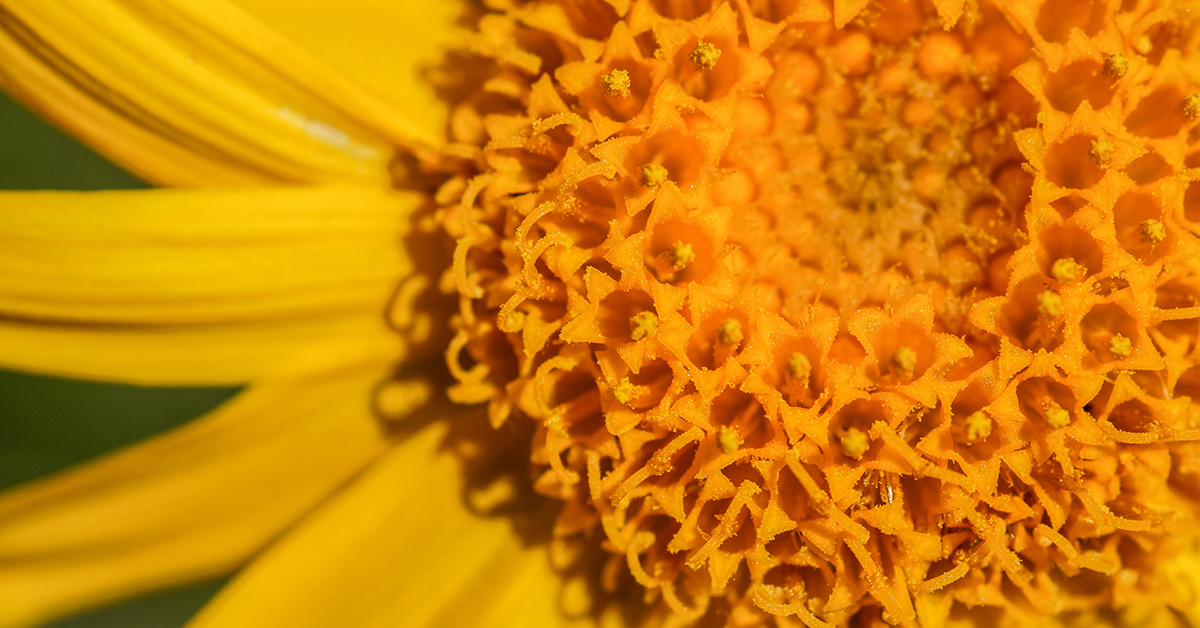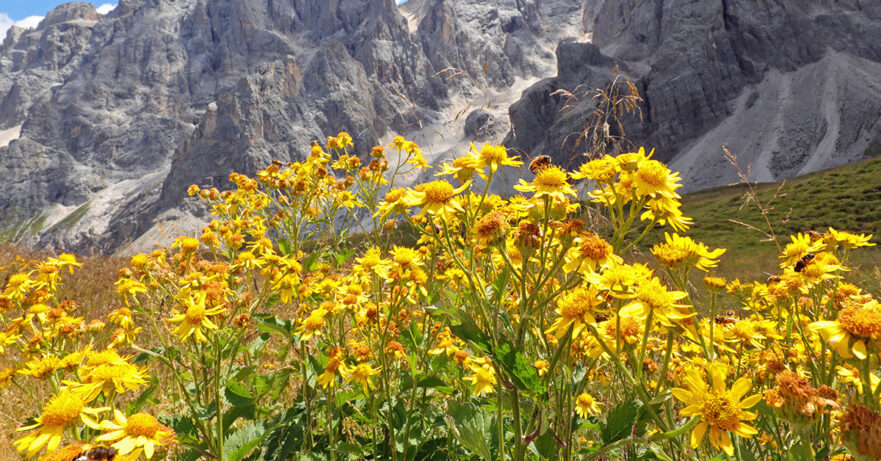In this monograph about arnica:
📖 Introduction | 🌱 Botanical Description | 📜 Traditional Uses | 🔍 Phytochemistry | ✨ Applications and Uses | 🛡️ Safety Profile | ⚠️ Toxicity
📖 Introduction
Arnica (Arnica montana) is a perennial herb recognized in herbal and homeopathic medicine for its topical anti-inflammatory and analgesic properties. It is widely used to reduce bruising, swelling, and pain associated with minor external injuries. Its application underscores the importance of natural remedies in managing pain and promoting wound healing externally.
| English Name | Arnica |
| Latin Name | Arnica montana |
| Parts Used | Flower head |
| Traditional Uses | Topical treatment for bruises, sprains, muscle soreness |
| Herbal Actions | Anti-inflammatory, antimicrobial (topical use only) |
🌱 Botanical Description
Scientific Classification
Arnica montana belongs to the Asteraceae family.
Physical Characteristics
Arnica plants feature bright yellow, daisy-like flowers atop sturdy stems, with downy leaves arranged in a rosette at their base.
Natural Habitat and Cultivation Details
Native to the mountainous regions of Europe and Siberia, arnica thrives in well-drained, slightly acidic soils in alpine meadows and forests. It is also cultivated in similar environments for medicinal use.
📜 Traditional Uses
Traditionally, arnica has been applied externally to alleviate bruises, sprains, and muscle aches. Its use has been extended to include the reduction of inflammation and pain associated with external body areas. Due to its potent effects and potential toxicity, arnica is not recommended for internal use or application on broken skin.

🔍 Phytochemistry (Active Constituents)
Arnica’s therapeutic benefits are attributed to its diverse phytochemical composition, including:
- Sesquiterpene lactones (e.g., arnifolin): Key contributors to arnica’s anti-inflammatory and analgesic effects when used topically.
- Flavonoids and essential oils: Support tissue healing and anti-inflammatory properties for external use.
✨ Applications and Uses
Arnica is used in herbal medicine for:
- External pain and inflammation relief: Reducing pain and inflammation from injuries and rheumatic pain solely through topical application.
- Bruise and swell reduction: Effective in speeding up the healing of bruises and reducing swelling when applied externally.
Due to the identified risks, arnica should not be used internally, including in dental recovery, without the explicit guidance of a healthcare professional.
🛡️ Safety Profile
Arnica should be used with caution, strictly for topical applications in appropriate concentrations.
It must not be applied to broken skin or open wounds to prevent absorption and potential systemic toxicity.
The internal use of arnica is contraindicated due to its potential to cause serious adverse effects, including severe gastroenteritis, internal bleeding, and liver inflammation.
The US Food and Drug Administration has classified Arnica montana as an unsafe herb for ingestion. Pregnant and breastfeeding women are advised against using arnica due to insufficient safety data.
Consulting with a healthcare professional before using any new herbal treatment is crucial, particularly for individuals with health conditions or those on medication.
⚠️ Toxicity
Arnica montana contains helenalin, a toxin that can be poisonous if ingested in large amounts or if concentrated forms are used on the skin. External application should avoid mucous membranes and broken skin to prevent irritation and systemic absorption. Skin contact can cause irritation or allergic reactions, emphasizing the need for cautious use.
📃 Related Posts
🌱 Related Herbs

